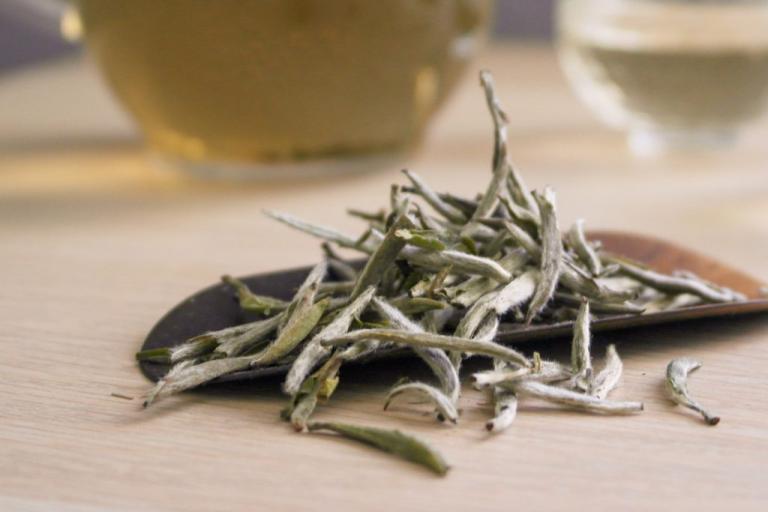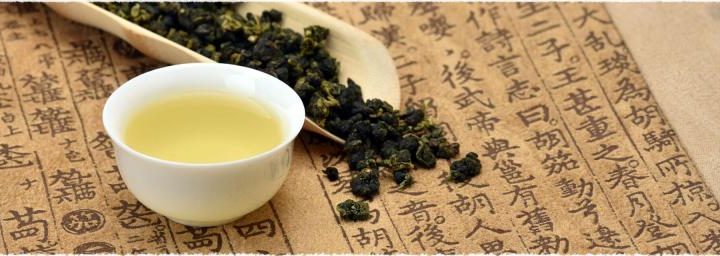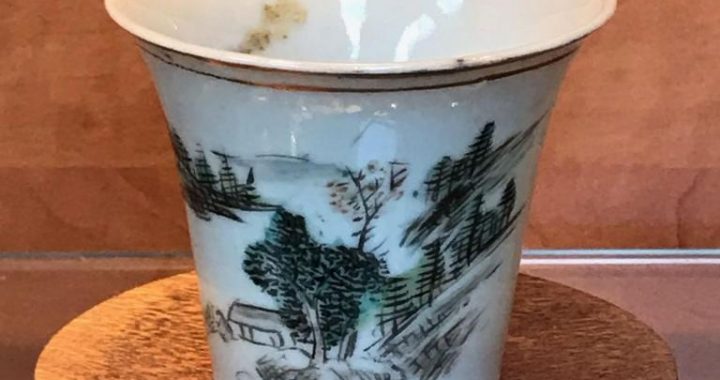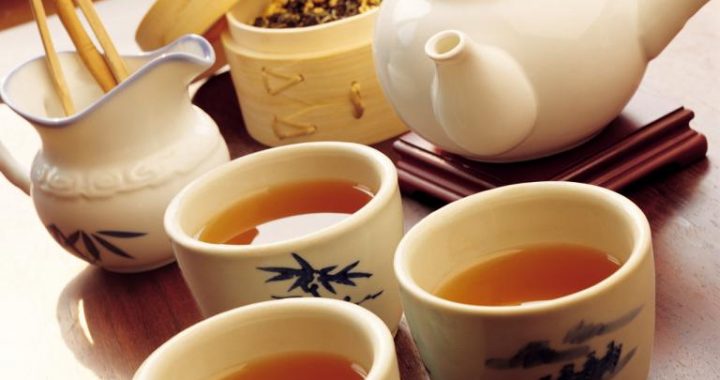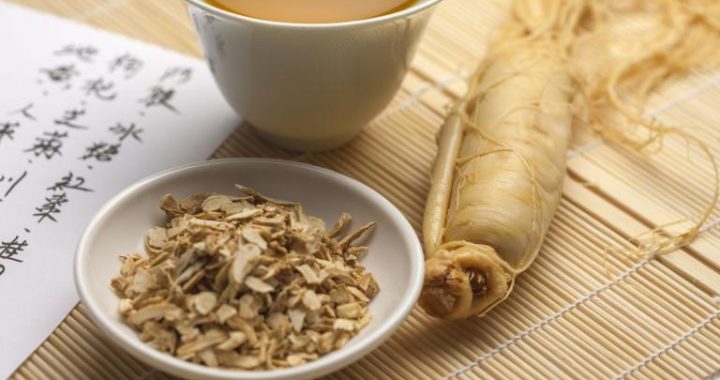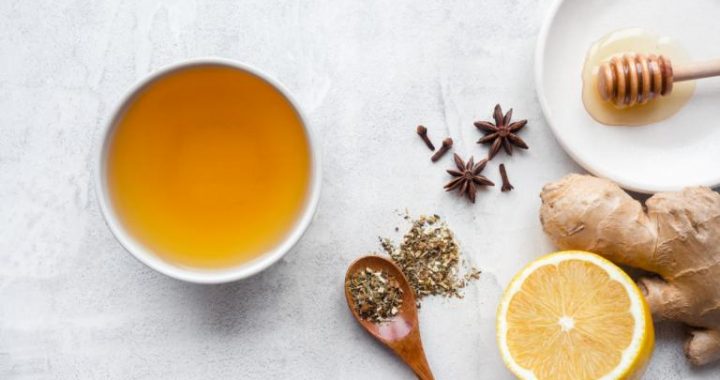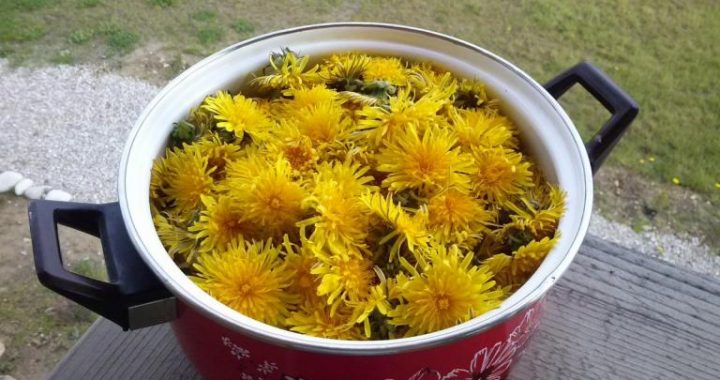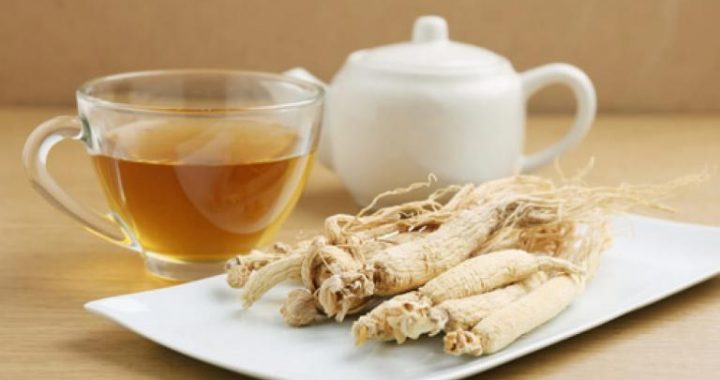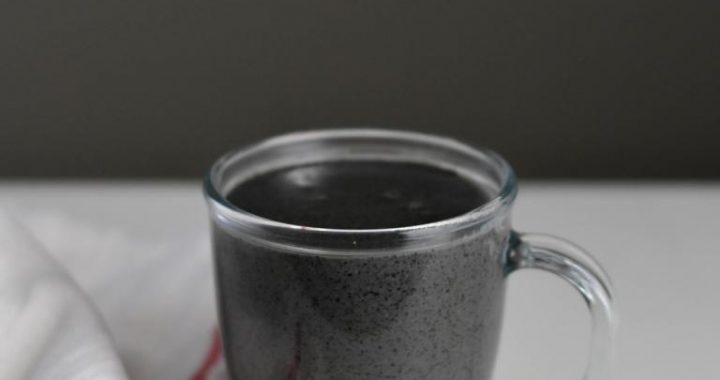The Evolution of Tea Processing Skills in china
2 min readThe way of taking tea in the very beginning was chewing the fresh tea leaves and getting its juices, thus enabled tea leaves to function as an antidote. Later, confined to season, vehicle and region, tea leaves couldn’t be got whenever people wanted; besides, storing fresh leaves was also of great difficulty since they would easily go bad and moldy. Therefore, people found another way,i.e. drying the tea leaves in the sun. Unlike the fresh tea leaves that could be chewed directly, the dried ones were very difficult to swallow and the effect of detoxification functioned slowly. Thus, people originated the way of steaming the tea leaves with water.
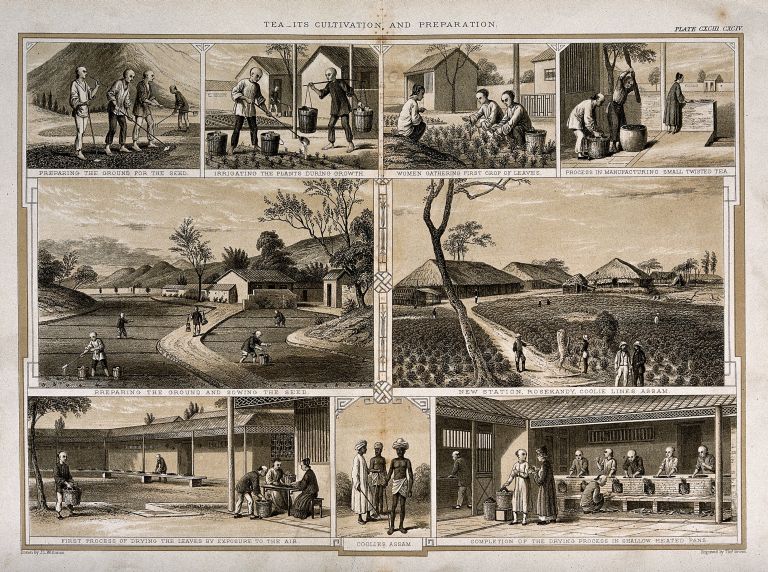
About the Three Kingdoms Period (220~280), people began to use rice paste to make the newly plucked tea leaves into balls and cakes, which after roasting or airing would became the tea cakes that could be stored for a long time; this couldbe said to be the beginning of tea processing in China. Till the Tang dynasty, this kind of tea processing skills was further improved. Lu Yu divided the cake teas intoeight classes according to their outer appearance and color, from which we could see that the making of cake teas at that time was emphasized a lot.
The tea of the Song dynasty was mainly piece tea, which in fact was same as the cake tea of the Tang dynasty. However, the tea processing skills of the Song dynast was more advanced and thus the tea cake produced were small and exquisite, on which there were also various beautiful designs, mostly of dragons and phoenixes, so they were also called Dragon-Phoenix Tea. After the Song dynasty, loose tea replaced cake tea and predominated the tea processing. Especially in the Ming dynasty, the production of loose tea greatly prevailed under the influence of the court, and the fixing skills of tea also changed from steaming to roasting and baking, and the basic tea varieties such as green tea, yellow tea, white tea, red tea and dark tea etc had already appeared. In the Qing dynasty, Oolong Tea appeared and, together with the five kinds of tea mentioned above, constituted the six basic kinds of tea today we drink. With the development of different kinds of tea, the tea processing skills also were increasingly improved and perfected.
